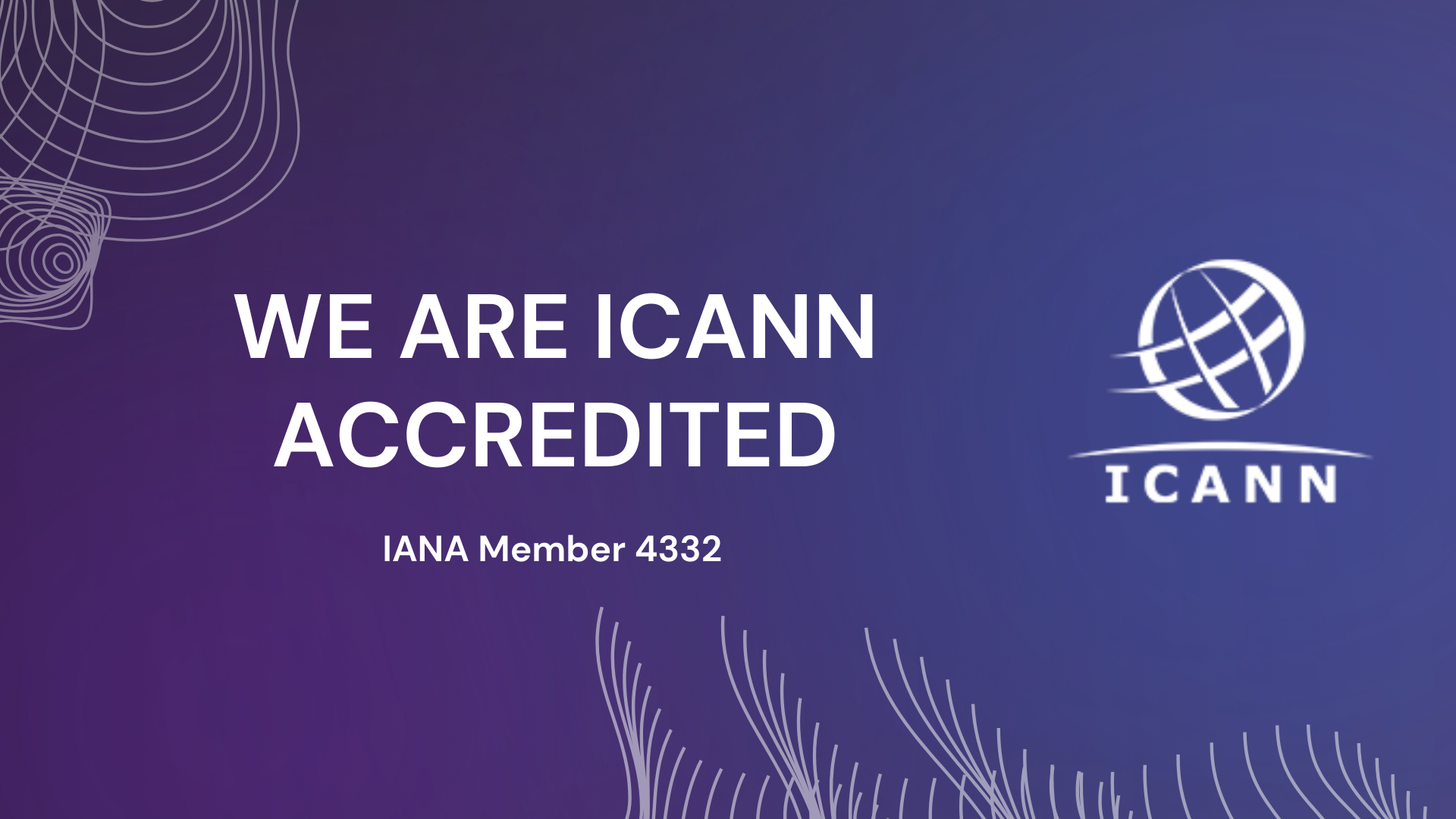What the 2026 New gTLD Round Means for Infrastructure, Innovation, and Identity
The number 1 .al domain registrar.

New Phase in Internet Infrastructure: The 2026 gTLD Expansion
In 2012, ICANN opened the doors to a dramatic expansion of the internet’s namespace. This move led to the creation of over 1,000 new top-level domains — from .tech, .store, and .blog to city names like .berlin and brand-specific TLDs like .google. For the first time, the DNS evolved beyond .com.
More than a decade later, the next round of new gTLDs is finally on the horizon, scheduled for 2026.
What Changed Since 2012?
The internet matured. So did the digital needs of businesses and communities. Today, organizations demand tighter control over their web presence, better brand protection, and more intuitive online identities.
A small number of companies even run their own registry infrastructure, selling domain names under custom extensions. Others operate dotBrand TLDs — closed namespaces like .audi or .sbi used internally or for customer-facing portals.
In the upcoming round, the application window will once again be limited, and applicants will need to navigate a range of technical, financial, and operational requirements. For those unfamiliar with the space, working with a new gTLD consultant is often the first step.
Who Can Apply?
Practically any eligible entity can apply — from large enterprises to city councils, tech startups, and hosting companies. In fact, some of the most successful registries today started as smaller players that saw the opportunity early.
Whether the goal is to build a community-driven namespace or a specialized vertical TLD (like .law or .photography), having guidance from a new gTLD expert can help clarify feasibility and approach.
What’s the Business Model?
Beyond branding, many applicants pursue gTLDs as a standalone business. They become registries — managing the TLD and partnering with registrars to sell domains worldwide. TLDs like .xyz, .club, and .online have shown that a well-marketed namespace can become a viable global product.
The process, however, is intensive. ICANN’s applicant guidebook covers everything from DNS stability to abuse mitigation and trademark rights protection. That’s why many choose to work with a new gTLD application consultant to handle the heavy lifting.
A Global Program — But Gaps Remain
One of the most notable gaps in 2012 was regional participation. Many parts of the world, including the Balkans, saw very limited involvement. But the conditions have changed: infrastructure has matured, digital businesses have flourished, and interest in sovereign namespaces is growing.
This round could see a broader distribution of applications — including from countries like Albania, where local companies are well positioned to participate. Whether for branding, infrastructure, or community identity, there’s a case to be made — and a new gTLD strategy expert can help define it.
What’s Next?
ICANN is expected to finalize key documentation and timelines over the next several months. For those considering applying, now is the time to understand what’s involved.
You don’t need to rush in — but you do need to prepare. And that’s where having the right new gTLD advisory support in your corner can make a significant difference.

Empower your business with Host.al
Recommended posts
Host...
We’ve all been there: you send an important business email and later discover it landed in the recipient’s spam folder...


